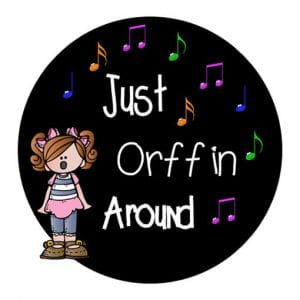I am a little obsessed with “The Nutcracker” this year. I have been scouring YouTube for new movement ideas; checking out what’s new on TpT. I need a place to keep all my wanderings. So…why not here??? Available to all of you as well.
My absolute favorite resource is this gorgeous slide show by Pitch Publications. It is simple, and not super wordy. Perfect for the K-3 level. In my imagination, I would like to add movement to the music in key areas of the story. The party scene is a great place to start!!! “The Nutcracker March”is so energizing!!!

I show them the party scene so they can experience this part of the story through dance.
I really like this recording.
My K’s and 1’s are learning a little plate routine to the Nutcracker March.
The next big moment for me is the battle with the Mouse King.

I found this great video interview with the “Mouse King” of the English National Ballet.
Enter the Sugar Plum Fairy.

You can’t go wrong with a little Line Rider.
But I wanted my students to have a chance to feel like a ballet performer. I am going to teach this little movement sequence to my littles. It is really sweet.
Of course, everyone loves the Russian dance.

Ribbon dances are always a hit. I love how fun this looks. A lot less tangly than the one I am using right now
But I think this year, I will try this Trepak Play a long.
My students always ask:” What is a pas de deux?”

I like this rehearsal video. It is a little shorter and we chat about how they need to practice in order to be ready to perform.
And I think that will conclude our exploration this year. Lots of ideas to find. Thank you to all these wonderful performers for sharing their talents on YouTube. I really recommend Pitch Publications “Nutcracker Story”. I think it is so sweet.
Take Care,
Syndi





















